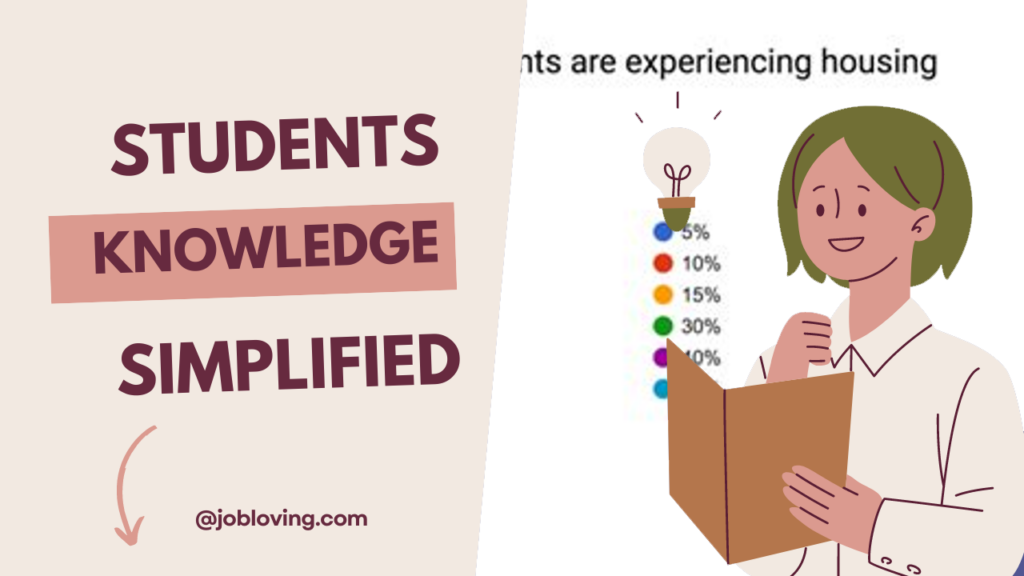The staggering reality of student homelessness in America paints a picture that many would prefer to ignore. Based on the 2020 National Postsecondary Student Aid Study, it’s revealed that about 8% of undergraduate students experienced homelessness in the month prior to participating in the survey, translating to over 1.5 million affected individuals each year. This figure is alarmingly significant, showcasing a critical issue woven into the fabric of higher education that’s often overlooked.
The crisis isn’t limited to undergraduates alone; approximately 5% of graduate students also wrestle with homelessness, indicating that these challenges cut across different levels of education. What’s particularly striking is how many of these students end up couch surfing or in unstable living conditions because they can’t afford dorms. This precarious situation creates a daily struggle for access to basic necessities—think food and hygiene facilities—necessities that many of us take for granted. Financial instability emerges as a relentless adversary, often forcing students out of college against their will.
Organizations like LuMin step in to offer invaluable support, providing subsidized housing to those in need. Yet, the availability of such housing options remains alarmingly limited. Many students find themselves in urgent situations without access to the assistance that could be life-changing. It’s heartening to know that stable housing boosts motivation and dignity, but the stigma surrounding homelessness can deter students from seeking help, further entrenching their struggles.
What’s worse is the mental health impact of such instability. Students battling homelessness often find it hard to focus on academics while wrestling with feelings of isolation and inadequacy, disproportionately believing other students have the financial safety net they lack. The barriers they face are systemic, and navigating these hinder a fair chance at academic success.
Awareness is crucial. As we work towards more effective policies, understanding the multifaceted nature of student homelessness is key. The scenario calls for collaborative efforts between educational institutions, government, and community organizations. Proposed reforms include allowing students to access affordable housing units financed through tax credits, which could revolutionize stability for many students grappling with insecurity.
Diving deeper into data, we uncover that roughly 58% of college students struggle with basic needs insecurity, resulting in reduced graduation rates among the homeless. More than 4 million students face food insecurity; shockingly, the pandemic further exacerbated these issues. Initiatives like campus food pantries—numbering more than 700 today—aim to alleviate hunger while universities are increasingly partnering with local groups to devise housing solutions, highlighting a growing recognition of this endemic issue.
Addressing student homelessness is not just a social responsibility—it directly correlates to the economic future of our nation, ensuring higher education remains accessible and successful for all students. Let’s not just be aware; let’s act—because behind these statistics are real stories yearning for a better narrative.
What are the broader implications of student homelessness on higher education?
Student homelessness significantly impacts educational outcomes, leading to lower graduation rates and increased financial instability. Many students facing homelessness prioritize their education but encounter systemic barriers that hinder their success, ultimately affecting the nation’s economic health.
How does food insecurity relate to student homelessness?
Food insecurity is closely linked to homelessness, with many students experiencing both challenges simultaneously. Research indicates that food insecurity can decrease graduation likelihood by over 40 percent, highlighting the critical need for comprehensive support systems that address both housing and nutritional needs.
What role do community organizations play in alleviating student homelessness?
Community organizations are vital in providing essential support, such as subsidized housing and food resources, to homeless college students. Their collaboration with educational institutions can lead to effective housing reforms and increased access to basic necessities, ultimately enhancing students’ academic performance and well-being.
Why is data collection important in addressing student homelessness?
Accurate data collection is crucial for understanding the specific needs of homeless students and developing targeted interventions. Poor data can complicate efforts to address housing insecurity, making it essential for policymakers and institutions to prioritize comprehensive research to inform effective support systems.

